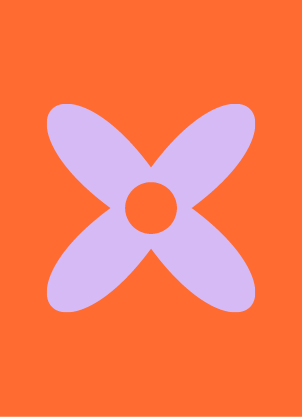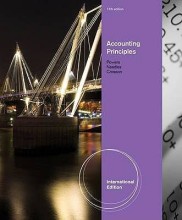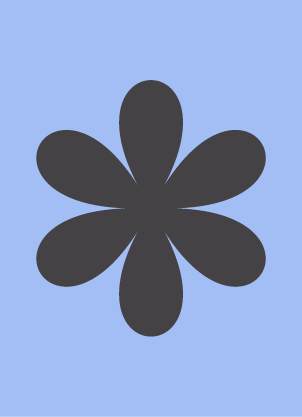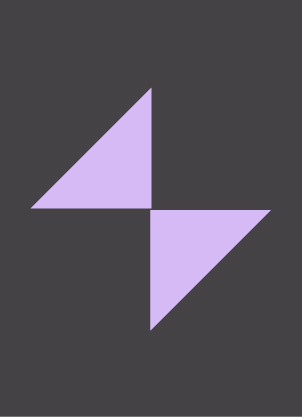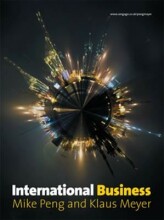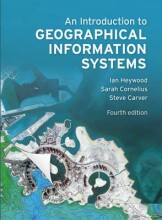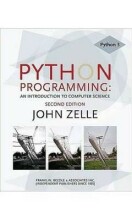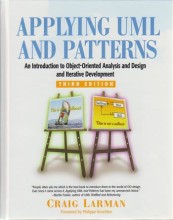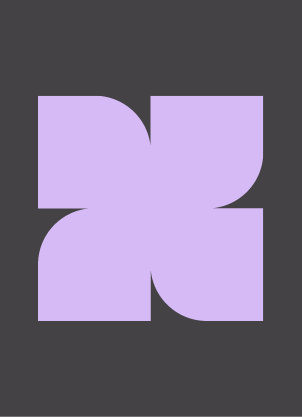Try our study magic for free
Summary: Human Development
- This + 400k other summaries
- A unique study and practice tool
- Never study anything twice again
- Get the grades you hope for
- 100% sure, 100% understanding
Remember faster, study better. Scientifically proven.
a PDF, study it super fast
- No sign up, email or credit card needed!
- AI makes unlimited flashcards
- Get unlimited quizzes and tests
- Ask AI anything
Create a notebook
- No sign up, email or credit card needed!
- Have and keep perfect overview
- Make flashcards, notes and mind maps
- Review, test and score!
Read the summary and the most important questions on Human Development
-
2. The reproductive system in males
This is a preview. There are 25 more flashcards available for chapter 04/02/2019
Show more cards here -
Why are spermatozoa placed 'outside' of the body?
Spermatozoa like to develop 1 degrees celsius colder than the body temperature of 37 degrees celsius. The testes are located in the scrotum to have this colder temperature. -
What is the structure of the testis?
The testis consist of seminiferous tubules and connective tissue. -
What are sustentacular (Sertoli) cells?
Sustentacular (Sertoli) cells sustain and promote development of sperm. -
What are the two types of male germ cells (spermatogonia)?
Type A: duplicate themselves via mitosis. This is symmetric division.
Type B: develop into sperm via meiosis. This is asymmetric division. -
What causes variability in meiosis? Why is this necessary?
Recombination causes variability in meiosis. This is necessary to increase genetic variation. -
What is the acrosomal cup? What does it contain?
The acrosomal cup is the fusion of the nucleus and the Golgi apparatus. It contains enzymes to penetrate the egg (hyaluronidase & acrosin). -
Why does sperm lack organelles?
It reduces size and mass and it must absorb nutrients from the surrounding fluid. -
What is the anatomy of a spermatozoon?
A spermatozoon contains a head, neck, middle piece, and tail. -
What does the head of a spermatozoon consist of?
The head of a spermatozoon contains the nucleus and chromosomes. -
What does the neck of a spermatozoon consist of?
Contains centrioles (anterior: mitotic spindle; posterior: continuous microtubules for movement of flagellum).
Read the full summary
This summary +380.000 other summaries A unique study tool A rehearsal system for this summary Studycoaching with videos
- Higher grades + faster learning
- Never study anything twice
- 100% sure, 100% understanding
Topics related to Summary: Human Development
-
The reproductive system in males
-
The reproductive system in females
-
Fertilization & development
-
Fertilization and hormones to get there
-
15. Anatomy + embryology urogenital system
-
Genetics urogenital system
-
Skeleton, vertebrae
-
Neuronal development and the brain
-
Brain, hormones, sexual differentiation
-
Development PNS
-
2nd & 3rd trimester, birth & complications
-
Development psych general
-
28. Development motor
-
Development psych cognitive (Piaget)
-
Development psych emotional
